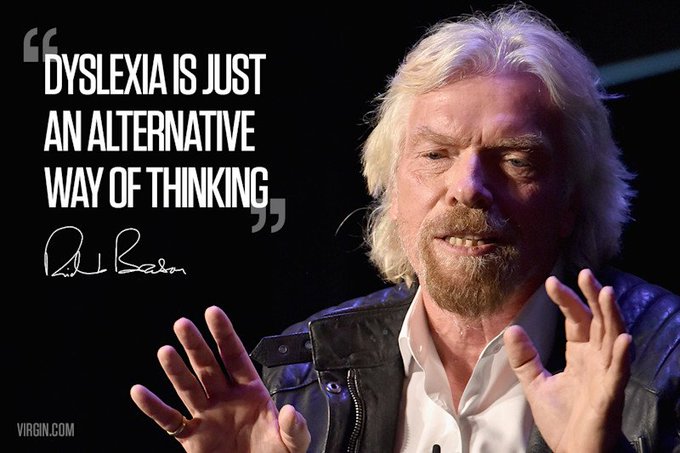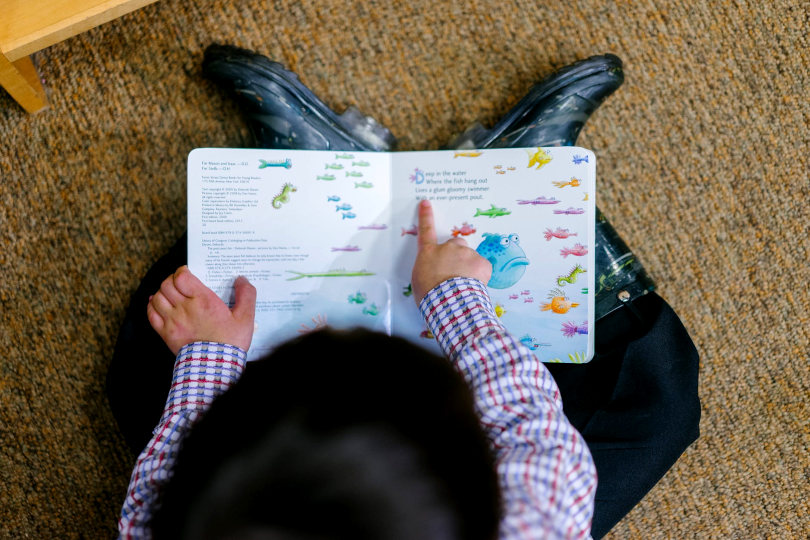It is the sincere wish of parents for their children to do well in school. Naturally, they want their children to reach their full potential; thus, most spend time and money ensuring that their children learn at school and at home.
However, there are children with dyslexia, a learning difficulty that affects an individual’s ability to write and read. The disability involves how the brain processes the sounds of words and graphic symbols. For example, it can affect matching letters to sounds, spelling, and word recognition. But despite being a neurological condition, it does not affect a person’s intelligence.

Dyslexia can be mild, moderate, or severe, and since it is genetic, the disability can affect other family members. Sadly, there is no cure for it. However, there are things people with dyslexia can do to make the most of their so-called limitations.
Strategies to Help People with Dyslexia
The main thing to remember is that dyslexia is not an illness but a disability. However, with the appropriate approach to learning, it is possible to overcome the challenges the disability presents.
In addition, some of the people with the disability have other strengths, such as out-of-the-box thinking, creativity, and enhanced spatial reasoning.
1. Make websites dyslexic-friendly
Web designers can help people with dyslexia by performing an accessibility overlays review. The web designer needs to consider that everyone needs access to websites. Designers can use sans serif fonts in larger sizes and avoid justifying text.
Adding colored backgrounds, avoiding dashes, adding infographics and pictures, and breaking text into shorter paragraphs will help.
2. Multisensory information
One of the things parents can do to help their child with dyslexia is to deliver information in a multisensory method. It is vital to provide information in small incremental amounts according to the child’s preferred pace. They can absorb information better through repetition, along with continuous positive reinforcement.
3. Foster thinking skills
Encourage the child to boost their thinking skills to ensure that they can become an active and independent learner. Boost their confidence and stimulate their curiosity. If there is a school assignment, make it a point to discuss the topic or problem and help them with their reading. It is important to listen to them and share points of view to encourage them to think.

4. Assist them with their reading
It is vital to help them with their reading skills as most dyslexic persons have difficulty reading. Let them listen to audiobooks and have them read along. Encourage them to read alone, aloud, and quietly. It will also help to re-read the books they love and things that interest them.
5. Encourage them to be independent
It will be good for the child if you encourage them to ask questions and handle most of their work by themselves, so they don’t end up depending on you for everything. You can show your support by checking if they can explain their work to you, show you how to do something, rewrite their work, or ask if they think that what they did is their best work.
There are so many activities and methods you can do to help people with dyslexia. But the most important thing is to encourage them to do their activities, remain patient and supportive, and use tech tools to make learning fun.







